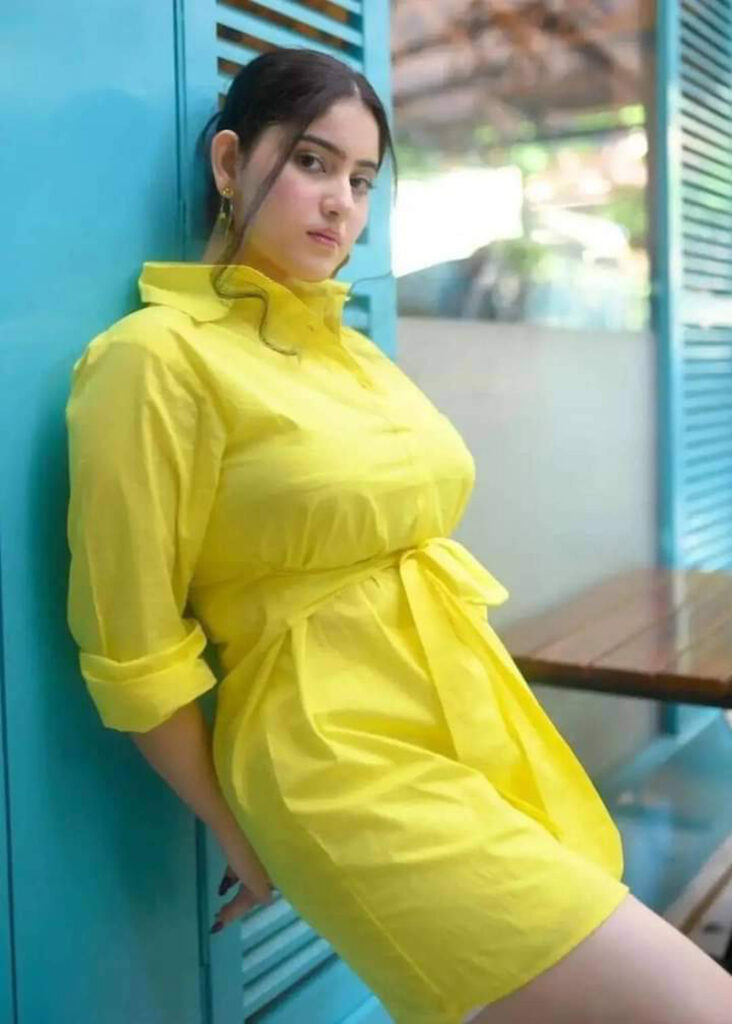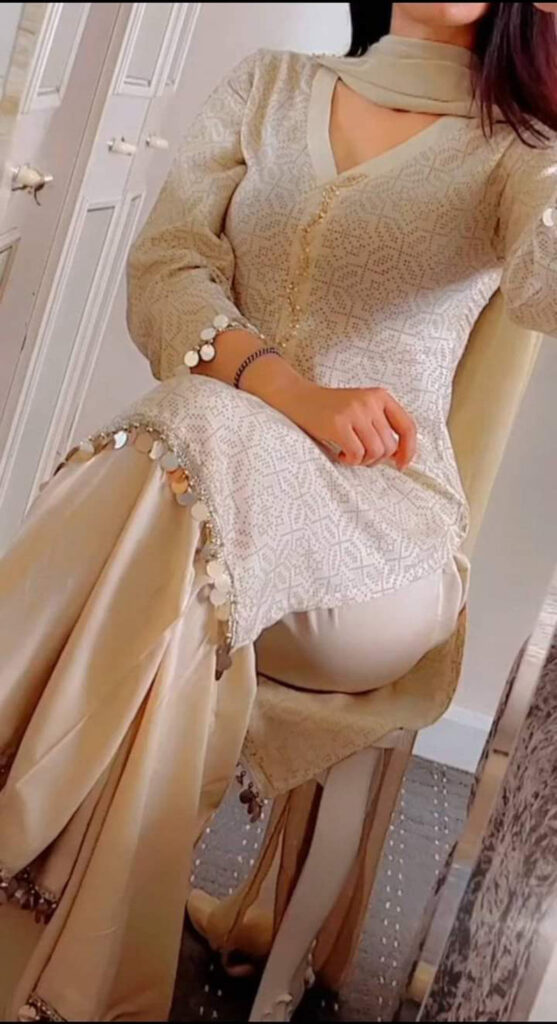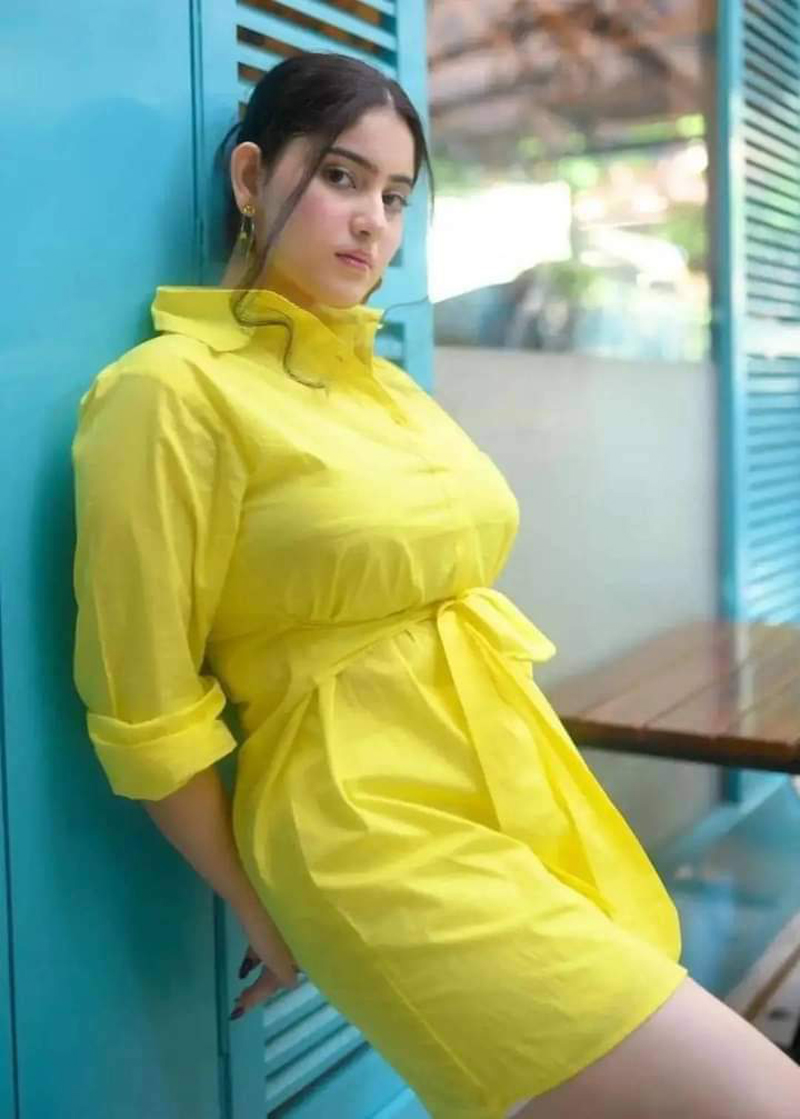Have you ever come across an image that sparked intense debates about its colors? The yellow and white dress illusion is one such phenomenon that took the internet by storm, leaving people divided over the actual colors of a seemingly innocent dress. In this article, we’ll delve into the origin, science, and cultural impact of this optical illusion that captured the attention of millions.

Table of Contents
What is the Yellow and White Dress Illusion?
The yellow and white dress illusion is a fascinating optical trick that emerged online, causing a heated discussion about the true colors of the dress. At first glance, some people see the dress as yellow and white, while others insist it’s blue and black. This illusion raises intriguing questions about how our brains perceive colors and the subjectivity of visual experiences.

Origin of the Illusion
The dress illusion originated when a photograph of a dress was posted online, and viewers couldn’t agree on its colors. The ensuing debate quickly went viral, with social media platforms becoming battlegrounds for those advocating different color interpretations. Celebrities, scientists, and the general public joined the conversation, adding to the perplexity surrounding the image.
Viral Impact on Social Media
Social media played a pivotal role in amplifying the dress illusion. Platforms like Twitter, Instagram, and Facebook were flooded with memes, hashtags, and user-generated content, turning a simple image into a global phenomenon. The dress became a symbol of the internet’s ability to create trends and unite people in shared experiences.
The Science Behind Color Perception
To understand the yellow and white dress illusion, we need to explore the science of color perception. Our brains interpret colors based on the wavelengths of light, but individual differences in perception can lead to conflicting interpretations of the same image. Factors such as lighting conditions and individual variations in vision contribute to the ambiguity of the dress’s colors.

Psychological Impact on Viewers
The dress illusion triggered not only scientific discussions but also psychological inquiries into why people see different colors. Psychologists explored the role of expectations, cultural influences, and individual differences in shaping our perception of the dress. The phenomenon highlighted the complexity of visual perception and the subjective nature of our reality.
Debates and Discussions On Yellow and White Dress Illusion
As the dress illusion gained momentum, debates escalated among celebrities, scientists, and the public. Memorable responses and tweets from notable figures added fuel to the controversy. The dress became a topic of conversation beyond the online realm, permeating popular culture and becoming a symbol of the internet’s ability to unite and divide opinions.

Similar Optical Illusions in History
The yellow and white dress illusion is not the first optical trick to captivate the public’s attention. Other famous illusions, such as the spinning dancer and the Rubin vase, have challenged our perceptions in the past. Comparing these illusions provides insights into the recurring themes and patterns that capture our visual attention.
Cultural References and Influence
Beyond the online world, the dress illusion left its mark on fashion and design. Designers incorporated the contrasting colors into their creations, and the dress became a symbol of ambiguity and subjective interpretation. The influence of the illusion extended to various forms of media, including advertising and art, showcasing its impact on broader cultural conversations.

Perception and Reality
The yellow and white dress illusion raises philosophical questions about perception and reality. Philosophers and thinkers have explored the nature of our sensory experiences and how illusions challenge our understanding of the world. The dress serves as a contemporary example of how our perceptions can diverge from objective reality.
Resolving the Mystery
Scientific explanations emerged to clarify the colors of the dress. The discrepancies in perception were attributed to the lighting conditions of the original photograph, as well as individual variations in color vision. This resolution, however, did little to quell the ongoing fascination with the dress and its ability to spark conversations about the nature of perception.
Legacy of the Yellow and White Dress Illusion
Years after its viral moment, the yellow and white dress continues to be referenced and joked about online. Its legacy persists in the form of memes, references in online communities, and occasional resurgences in popular culture. The enduring fascination with the dress speaks to its unique place in internet culture and the collective memory of online communities.

Visual Tricks and Illusions Online
The yellow and white dress is just one example of the many visual tricks and illusions that capture our attention online. From optical illusions to viral challenges, the internet constantly introduces new ways to play with our perception. These phenomena highlight the role of online platforms in shaping and amplifying visual trends.
The Role of Social Media in Illusion Trends
Social media platforms play a crucial role in the rapid dissemination of visual illusions. The speed at which an image or video can go viral contributes to the burstiness of online trends. Illusions, like the yellow and white dress, gain traction quickly, dominating conversations and shaping online discourse. Understanding the dynamics of social media is essential for grasping the mechanisms behind illusion trends.
In conclusion, the yellow and white dress illusion stands as a testament to the internet’s power to create global phenomena. Its journey from a simple photograph to a viral sensation reflects the interconnected nature of online communities. The enduring debates and discussions surrounding the dress underscore the complexity of perception and the ways in which visual phenomena become cultural touchstones.

FAQs About Yellow and White Dress Illusion
- Why do people see different colors in the yellow and white dress?
- The differences arise from individual variations in color perception, influenced by factors like lighting and personal vision.
- What was the scientific explanation for the dress colors?
- The dress’s colors were attributed to the lighting conditions in the original photograph and variations in individual color vision.
- How did the dress influence fashion and design?
- The dress became a cultural symbol, influencing designers and appearing in various forms of media as a representation of ambiguity.
- Are there other optical illusions similar to the yellow and white dress?
- Yes, various optical illusions, such as the spinning dancer and the Rubin vase, have captured public attention in the past.
- Why does social media play a crucial role in illusion trends?
- Social media platforms facilitate the rapid dissemination of visual content, contributing to the quick spread of illusion trends.
